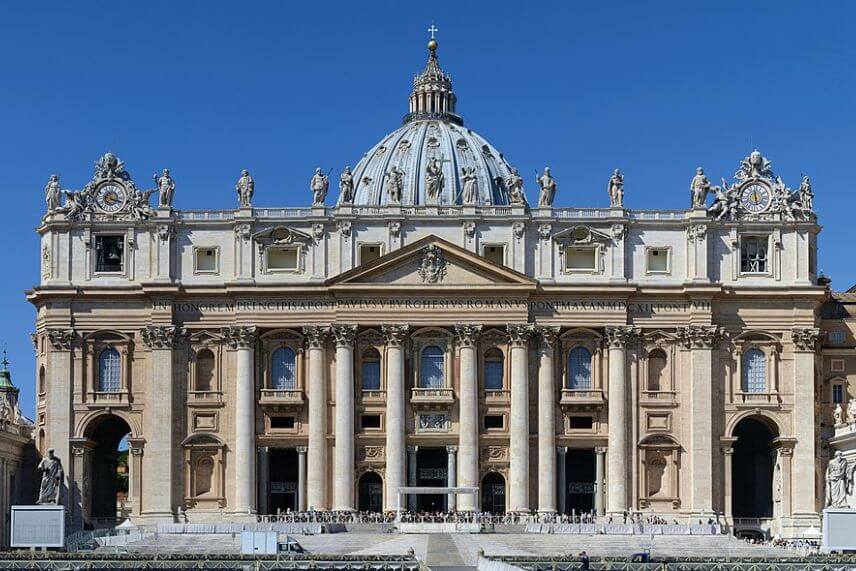Vatican City is home to many of the world’s most historically important religious sites, bringing millions of visitors each year. One of its most important structures in Vatican City is Saint Peter’s Church. It is the wealthiest church in the region.
After 120 years of construction on top of a fourth century church, it was consecrated in 1626. Emperor Constantine sponsored the ancient church, which was constructed around 350 on the location where St Peter is claimed to be laid during AD 64 or 67. It began to collapse, however, it was not until the 15th century that initiatives to reconstruct.Apart from its historical significance, one of the causes Saint Peter’s Basilica is so well-known is because of its construction. Many spectacular works of art are housed within its lavish interior, such as Michelangelo’s Pietà, his ascending dome, and Bernini’s twenty nine meter high baldachin over the pope’s altar. All of these reasons have contributed to the Basilica of St Peter’s ever-increasing appeal. A trip to Rome would not be complete without a stop at St. Peter’s Basilica.
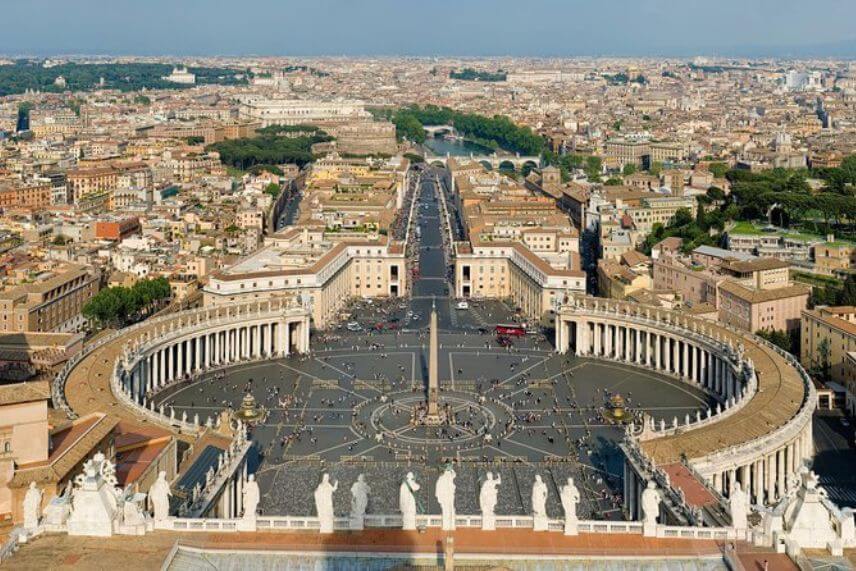
Source image: media.tacdn.com
Important Points of St Peter’s Basilica:
Best Visiting Time: Morning
Duration of Visiting: Two Hours
Nearest Metro Station : Ottaviano S. Pietro Line A
Must Watch Places:
The baldachin of Bernini
The beautiful statues
The tombs
The dome
Necropolis
St. Peter’s Basil
Reasons to visit Saint Peter’s Basilica:
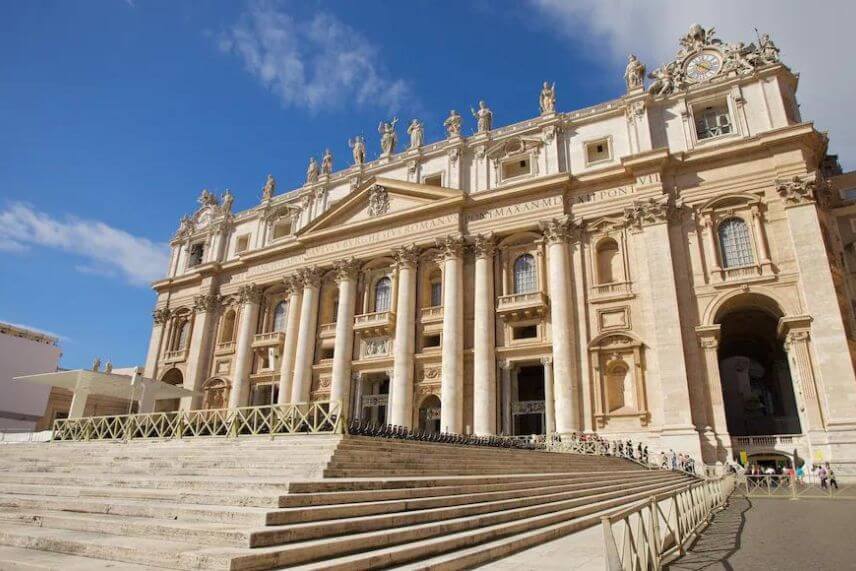
Source image: a.travel-assets.com
St. Peter’s Church rises to the height of Vatican City and is sometimes referred to as the symbol of this little country. St. Peter’s Basilica is brimming with architectural brilliance and historical importance. The trip from the top is one of the most thrilling and breathtaking attractions at Saint Peter. The spectacular dome, which reaches 452 feet tall, was completed by Michelangelo during 1546. For Seven euros, you may take the lift and avoid part, but not all, of the stair climbing. Climb the stairs for 5 euros if you want to get some exercise. Be warned: taking the steps is considerably more tricky than taking the elevator, there’s not many vistas to admire along the way. The beautiful perspective of Piazza San Pietro, including the unique vista of the nave and altar, may be enjoyed from the roof.
The basilica’s interiors have various pieces of artwork that you will see during your tour. Significant finds and explorations have also been made beneath the basilica’s roof. Under the surface of Saint Peter, several of the ancient 4th-century church’s columns have been unearthed. It has recently been informally claimed that the skeleton of Saint Peter has been discovered in the Temple of St. Peter. In spite of all of this, every Wednesday, you may get Papal Blessing in Saint Peter Church.
History of Saint Peter’s Basilica
The basilica was constructed approximately 349 AD on the instructions of Constantine The Great, the very first Catholic Emperor of Romans, on the site of a modest shrine designed to symbolize the location of St. Peter’s grave. Pope Nicholas V designated the church for reconstruction in the late 15th century, but these preparations were put on hold when he died. Pope Julius II initiated construction on a fully new basilica a century later, appointing designer Donato Bramante, who designed the edifice with the great dome.
It was intended to be a tri-aisled Latin cross including a cupola at the intersection, directly above the main altar that houses Saint Peter’s tomb. Designers and architects such as Michelangelo, Giacomo and Carlo Maderno built on and altered the cupola further. The interior is adorned with the finest Renaissance and Baroque artworks. Michelangelo’s Painting, Bernini’s baldachin, Saint Longinus’ sculpture, Urban VIII’s mausoleum, and St. Peter’s copper cathedra are among the most notable. It is recognized as the greatest edifice of its era in terms of architecture, and this, including its huge religious importance, makes it a famous tourist attraction and essential pilgrimage location.
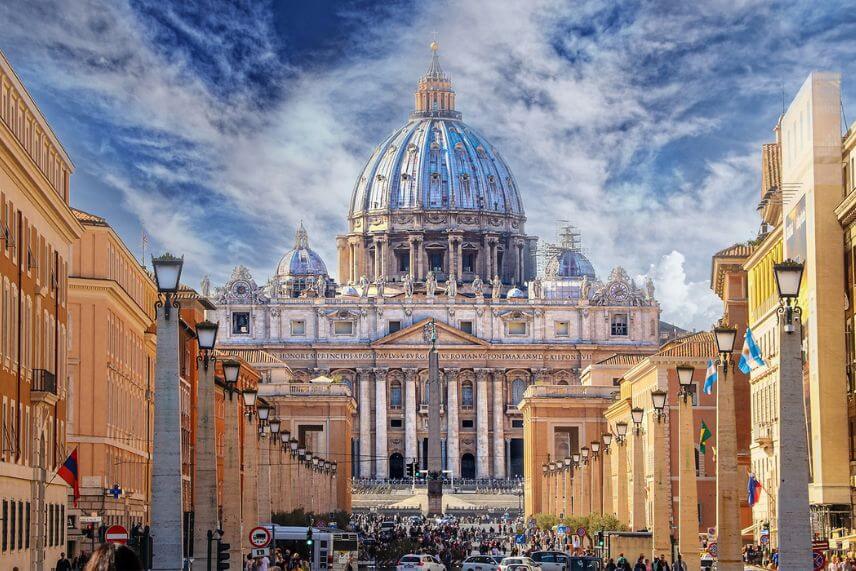
Source image: cdn-imgix.headout.com
Must Watching Architectural Beauties of Saint Peter’s Basilica
Interior
Carlo Maderno’s atrium, or ancient porch of catholic basilicas, is regarded as one of his most important masterpieces. The massive 187-meter-long interior, which spans more than 15,000 square meters and is lavishly adorned with Baroque ’s progress, tiles, and sculptures, is nearly overpowering at first look. Bernini’s famed baldachin, constructed of bronze from the Cathedral, is in the center. It guards the high platform, which is built on the site of St Peter’s tomb. The only priest capable of serving at the altar is the Pope.
Facade
Carlo Maderno acquired the construction in 1605 and developed the colossal exterior that contributes to the building’s remarkable architectural design. It stands 48 meters tall and 115 meters wide. The top attic is supported by eight columns, on which 13 sculptures of Christ the Savior, Saint John the Baptist, and the 11 disciples stand. The façade was erected during the papacy of Pope John Paul V Borghese, according to a statement on the architrave. The Loggia della Benedizione, the main balcony, is where the pope gives his speech to the city and humanity upon his nomination, as well as at Festive periods.
Domes
The dome was conceptualized by Michelangelo and finished by Giacomo Della Porta, a disciple of Michelangelo. The dome extends 136.57 meters from the ground to the top of the crossing, with an interior circumference of 42.56 meters. At the foot of the lamp, there is a visitor center from where you can get an unrivaled view of Rome, which may be accessible by steps or lift. This dome served as a model for all other cathedrals in the western countries, including Saint Paul’s Cathedral in England (1675), Les Invalides in France (1680-1691), as well as the Capital in Washington (1794-1817).
Grottes
The grottos, which date from the tenth century and are situated between the Renaissance Cathedral and Constantine’s fourth century church, feature chapels devoted to numerous saints as well as graves of emperors, queens, as well as popes. The holiest point here is Peter’s burial, which was erected in the 4th century on the site where the Apostle’s grave was worshiped and contains the “memory.” The grottos also have memorials to Pope Paul VI (1978) as well as Pope John Paul II (2005). Because of Mary’s bloated face, a painting by the fourteenth century Roman artist Pietro Cavallini is titled “Madonna della Bocciata.” Her face was wounded, according to folklore, when a drunken knight threw a bowl into the sacred picture after losing a game of bowling.
Major Entrances of Saint Peter’s Basilica
The Cupola
The Cupola of the Basilica, also called the Dome, offers a spectacular perspective of the city and might require a little more time during your stay. Going there initially is an excellent idea because the gate is right at the beginning, above the visitor’s area in St. Peter’s Square. This entry is ideal if you want to get some cardio and then have a bird’s eye perspective of the area.
Necropolis & Treasury
Different from other entries, the treasury requires money. As a result, you’ll have to purchase tickets in advance to watch them. It is recognizable by the pillars that encircle it and may be located on its left side of Saint Peter Basilica. Here on left, you can look at the names of the Church leaders who are buried at Saint Peter’s Basilica, and also a monument of St. Andrew’s.
Grotto of St. Peter’s Basilica
You will be able to see the Grotto of Saint Peter’s Grave if you choose this entrance. To enter this basement entrance, you must be supervised by a guide. The road will take you to an excavation site, there you may be able to see what may or may not be St. Peter’s bones. The trip takes over an hour and may be arranged as part of a combined ticket in the Vatican Scavi office or on internet.
Going to St. Peter’s Church
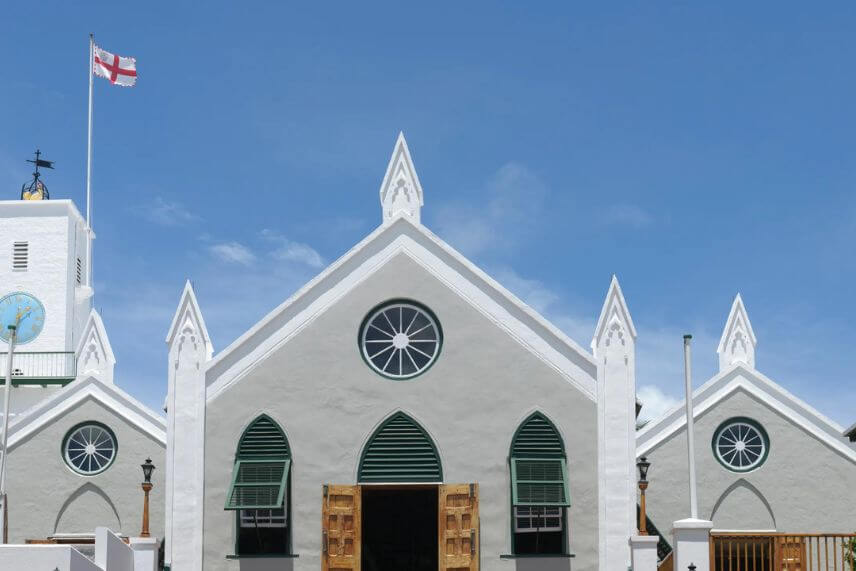
Source image: media.cntraveler.com
The Vatican City is located to the north of Italy’s city center and is easily accessible by public transportation as well as the Rome local tourist buses, which make a stop here
Metro
Ottaviano-S. Pietro is a Vatican Metro station located immediately outside the Vatican. Trains operate every few mins on Metro Line A in the destinations of Battistini, Ottaviano, or Cipro terminals. Both Saint Peter’s Basilica and the Vatican Museums are just five minutes away from the Metro station.
Bus
49, boards in the square beside the Vatican Museums
32, 81, 982, stop in front of Piazza del Risorgimento
492, 990, enters in Via Leone IV / Via degli Scipioni
Best Time of Visiting St Peter’s Basilica
If you desire pleasant weather, June and July are the finest months to visit St. Peter’s Basilica. If you want to avoid the crowds, go during the coldest part of the year, December and January. Nevertheless, regardless of when you arrive, you must schedule your visit to prevent waiting more than an hour. Visitors are welcome to enter the basilica at 7 a.m. You might have a shorter wait if you arrive during the first 2 hours of this period. You can also come after 4 p.m. to see whether you’re lucky. Wednesdays and Sundays, on the other hand, should be avoided. Wednesday is usually set aside for a pope meeting, resulting in increased visitor traffic.
Saint Peter’s Basilica is one of the most vital places for Christianity, also it’s architectural beauty is a wonder to the visitors of the whole world. This article gave some most important infos about the church, which will help a tourist to enjoy the visit in St Peter’s Basilica properly.

